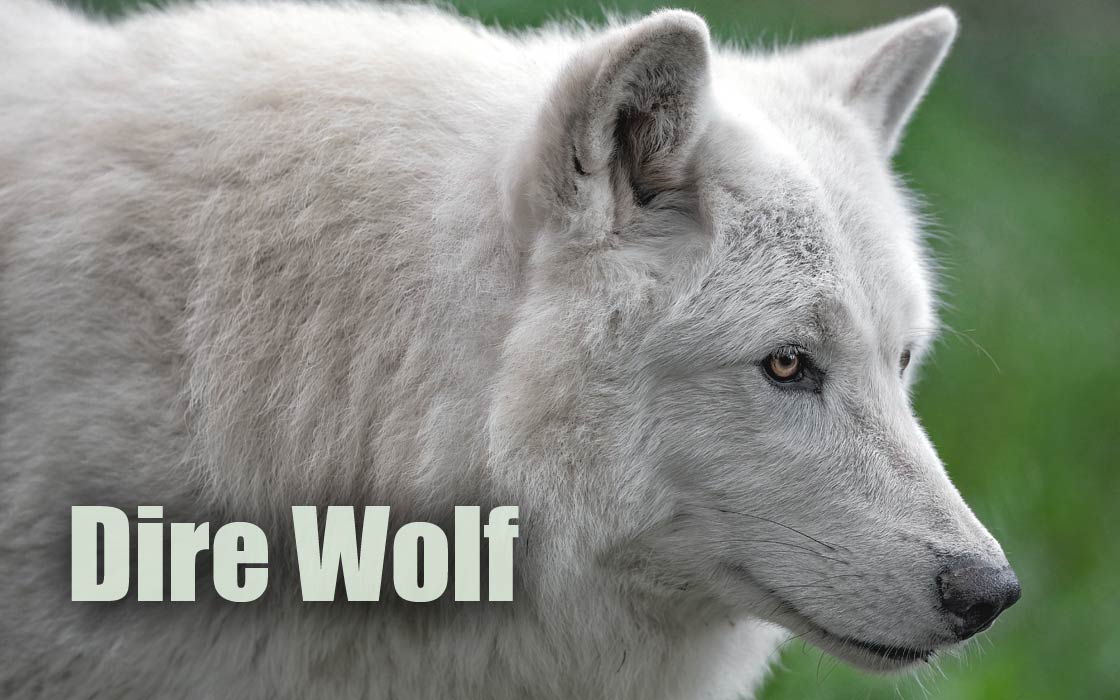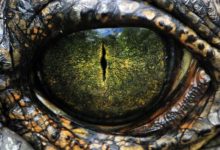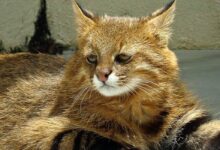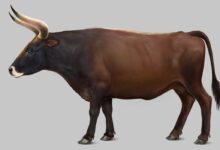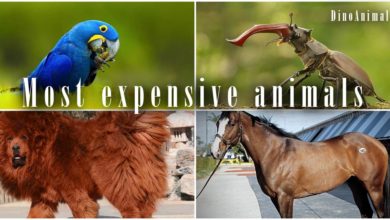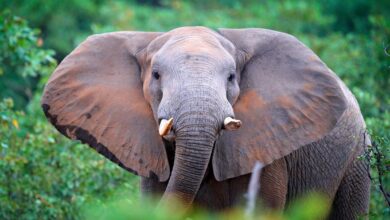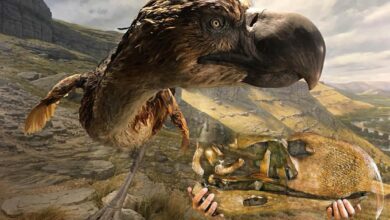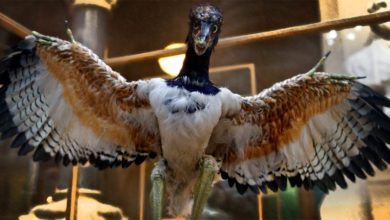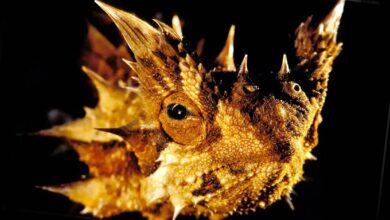Have Scientists Really Brought Back Dire Wolf (Aenocyon dirus)?
The Truth Behind the Headlines
On April 7, 2025, the biotech company Colossal Biosciences claimed to have achieved a major breakthrough: the birth of three genetically engineered canid pups that, according to the company, mark the first successful “de-extinction” of an extinct species. The species in question is the dire wolf (Aenocyon dirus), a large Ice Age predator that vanished more than 10,000 years ago and which, thanks to popular culture – particularly Game of Thrones – has become an icon of prehistoric ferocity. The announcement sparked a media storm, with headlines proclaiming the return of a Pleistocene apex predator.
Yet beneath the dramatic language lies a much more complex and nuanced reality. Scientists did not clone a dire wolf from preserved tissue or create an exact genetic replica. Instead, Colossal used ancient DNA as a guide to modify the genome of the modern gray wolf (Canis lupus), introducing selected traits associated with Aenocyon dirus. The result is not a true dire wolf, but a genetically engineered hybrid with some of its characteristics.
This development raises urgent questions – not only about what constitutes “de-extinction,” but also about how we should use powerful biotechnologies in the 21st century. Is this a scientific triumph, a publicity stunt, or something in between?
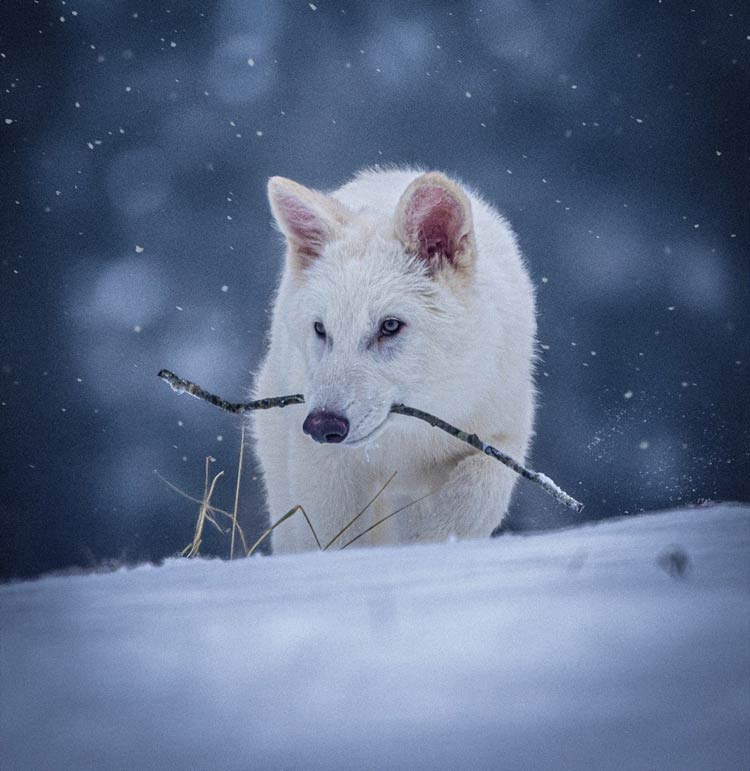
The Ancient Predator
The dire wolf (Aenocyon dirus) was one of the most formidable predators of the Late Pleistocene epoch, coexisting with mammoths, mastodons, and saber-toothed cats across much of North and Central America. Fossil evidence – particularly from the La Brea Tar Pits in Los Angeles – reveals that this animal was more robust than today’s gray wolf (Canis lupus), with a broader skull, shorter limbs, and larger teeth adapted for crushing bone. Adults likely weighed between 60 and 70 kilograms (132–154 pounds), though some estimates reach up to 80 kilograms (176 pounds), placing them among the heaviest canids known.
Until recently, it was widely assumed that dire wolves were closely related to gray wolves. However, a landmark 2021 study published in Nature overturned that view. Researchers extracted and sequenced nuclear DNA from several well-preserved fossils and found that dire wolves diverged from the lineage that led to gray wolves, coyotes (Canis latrans), and domestic dogs (Canis lupus familiaris) approximately 5.7 million years ago. This genetic distance was so great that the species was placed in its own genus: Aenocyon – a name meaning “terrible wolf” in Greek.
This evolutionary isolation meant that the dire wolf was not just a larger cousin of the gray wolf, but a separate lineage of canid with no modern descendants. Unlike gray wolves, which may have interbred with other canids during the Ice Age, dire wolves appear to have been reproductively isolated. Their extinction, likely driven by a combination of climate shifts and the disappearance of megafaunal prey, marked the end of a unique genetic branch on the canid tree of life.
Reconstructing the Past with Modern Tools
Colossal Biosciences did not clone a dire wolf in the sense familiar from science fiction. DNA decays over time, and despite exceptional preservation in some fossils, no Pleistocene specimen has yielded intact, full-length strands of DNA suitable for cloning. Instead, Colossal adopted a synthetic biology approach: reconstruct the extinct species’ genome as fully as possible from degraded ancient DNA, then transfer key genetic traits into the genome of a living relative.
The company began by extracting DNA from two dire wolf fossils: a 13,000-year-old tooth found in Ohio and a 72,000-year-old skull discovered in Idaho. These samples provided fragments of ancient nuclear DNA, which were then assembled into two near-complete genomic sequences of Aenocyon dirus. This was not a trivial task; ancient DNA is highly fragmented and contaminated, requiring careful authentication and computational reconstruction.
Once the genome was assembled, researchers identified genetic loci that appeared to underlie phenotypic traits distinguishing dire wolves from their modern relatives. These included gene variants linked to body size, craniofacial structure, coat density, and pigmentation. Crucially, Colossal’s team then compared the Aenocyon genome to that of the gray wolf (Canis lupus), a species with which it shares about 99.5% sequence similarity at the protein-coding level – but with important regulatory and structural differences.
Using CRISPR-Cas9, a gene-editing tool that allows precise modifications to DNA, scientists engineered 20 specific edits across 14 genes in the gray wolf genome. These included known or inferred variants that influence skeletal robustness, fur insulation, and jaw morphology. For example, modifications in IGF1 and BMP3 genes were intended to increase body mass and alter skull shape, while variants in MC1R were used to affect coat color and density – traits thought to match Ice Age conditions.
To bring these engineered genomes to life, Colossal inserted the edited nuclei into enucleated egg cells and implanted the resulting embryos into surrogate domestic dogs – chosen for their genetic compatibility and large body size. The first two pups, Romulus and Remus, were born on October 1, 2024. A third, Khaleesi, followed on January 30, 2025.
These animals are currently housed in a high-security, 810-hectare (2,000-acre) facility at an undisclosed location. Their growth, behavior, and health are being monitored continuously by Colossal’s veterinary and genomic teams to assess how closely they conform to the expected dire wolf phenotype – and to identify any unintended genetic consequences of the edits.
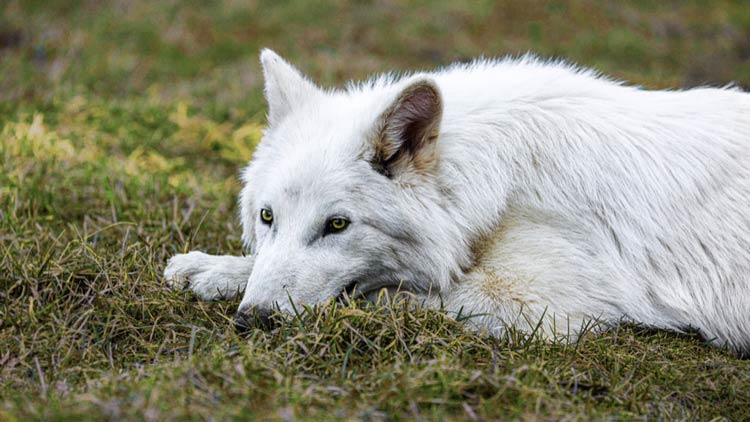
Are These True Dire Wolves – or Just Lookalikes?
Colossal Biosciences refers to Romulus, Remus, and Khaleesi as the first “de-extincted” dire wolves. Yet many scientists question whether these animals can truly be called Aenocyon dirus. Although the pups exhibit some physical features associated with dire wolves – broader skulls, heavier shoulders, thicker fur – these traits result from a targeted subset of genetic edits, not from a comprehensive restoration of the extinct species’ full genome or epigenetic profile.
Dr. Julie Meachen, a vertebrate paleontologist and one of the co-authors of the 2021 Nature study that clarified the dire wolf’s evolutionary lineage, remains skeptical. “I’m impressed by the technological achievement,” she told ABC News, “but calling these dire wolves is scientifically inaccurate.” Meachen emphasizes that the divergence between Aenocyon dirus and Canis lupus occurred nearly 6 million years ago, meaning that even small differences in the genome can lead to profound developmental and ecological divergence. “These animals are more like designer wolves with dire wolf-inspired traits,” she said.
Similarly, evolutionary geneticist Professor Love Dalén, who serves as an external advisor to Colossal, has acknowledged the hybrid nature of the pups. “From a genomic perspective, they are not true dire wolves,” Dalén explained. “They are gray wolves with a limited number of modifications meant to approximate the phenotype of an extinct species. We should view them more as prototypes – a proof of concept in synthetic biology – than as restored Pleistocene predators.”
This raises philosophical and scientific questions: At what point does a modified organism become its own species, or a recreation of another? Is it enough to look like an extinct animal? Or does fidelity require near-total genomic identity – including the non-coding regions and epigenetic patterns that we still poorly understand?
Adding to the ambiguity is the fact that Aenocyon dirus left no living descendants. Unlike woolly mammoths, which share relatively recent ancestry with modern elephants and could potentially interbreed, the dire wolf lineage ended entirely. That makes comparisons speculative and limits scientists’ ability to validate Colossal’s success beyond phenotypic resemblance and partial genomic similarity.
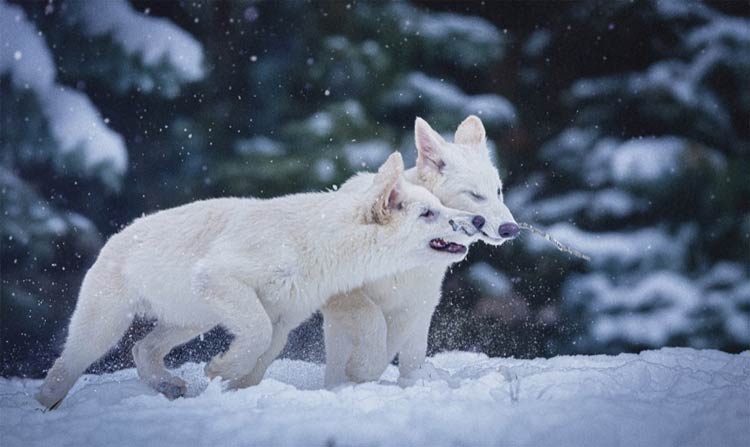
More Than a Resurrection
Conservation or Spectacle?
While the dire wolf project has captured the public imagination, Colossal Biosciences insists that its ambitions go far beyond reanimating extinct icons. The company, founded in 2021 by tech entrepreneur Ben Lamm and Harvard geneticist George Church, positions itself as a pioneer in “de-extinction for conservation.” The underlying idea: technologies developed to bring back lost species can also help preserve – and potentially restore – those on the brink of disappearance today.
As a case in point, Colossal recently announced the successful cloning of four red wolves (Canis rufus), one of the world’s most critically endangered canids. Native to the southeastern United States, the red wolf once roamed widely across coastal forests and wetlands, but habitat loss, hybridization with coyotes (Canis latrans), and human persecution have driven its numbers perilously low. As of 2024, fewer than 20 individuals survive in the wild, mostly in eastern North Carolina, with slightly more in managed care.
Colossal’s red wolf program leveraged the same low-impact nuclear transfer and CRISPR-editing protocols developed during the dire wolf effort, but in this case with the goal of bolstering genetic diversity and reproductive success within a living species. According to Beth Shapiro, the company’s chief scientific officer and a leading expert in ancient DNA, “Every technology we build for de-extinction has immediate applications for conservation. We’re not just chasing mammoths – we’re helping red wolves, northern white rhinos, even corals.”
Still, not everyone is convinced. Some conservation biologists argue that high-profile resurrection projects risk diverting attention and funding from more urgent, less glamorous work – such as habitat protection, invasive species control, and climate mitigation. “What worries me,” said ecologist Dr. Tina Fores in a recent Nature Ecology & Evolution editorial, “is the shift from systemic environmental repair to technological substitution. We cannot engineer our way out of biodiversity collapse.”
Colossal, meanwhile, is backed by over $435 million in venture capital and valued at approximately $10.2 billion. Investors include prominent figures from Silicon Valley and biotech sectors, many of whom see the company not just as a conservation enterprise, but as a test bed for advanced genomic engineering with applications across agriculture, medicine, and synthetic biology. The blurred boundary between ecological restoration and commercial biotech makes some critics uneasy.
Finally, there is the ethical dimension. The dire wolf-inspired pups now live in a spacious but enclosed facility, monitored by drones and scientists. They will likely never roam freely, and their existence – engineered, surveilled, and curated – raises fundamental questions about animal welfare. Are we reviving species, or creating designer organisms for human ends?
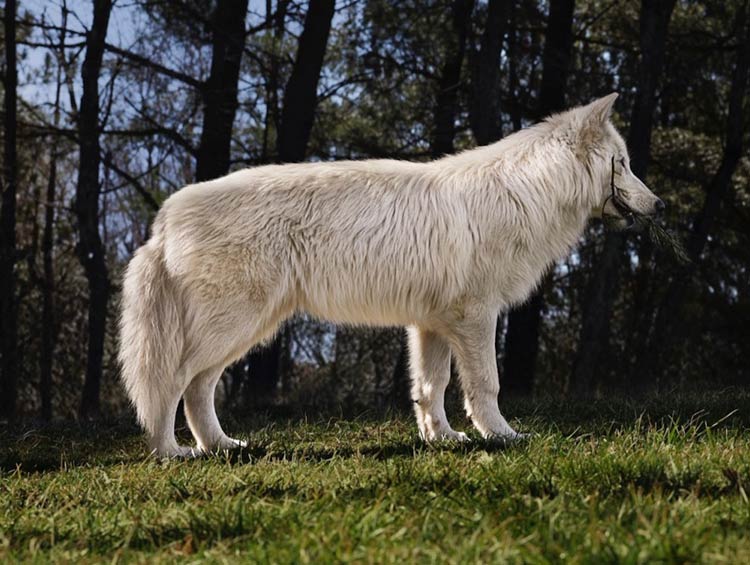
A New Chapter
Or a New Creature Altogether?
Whether Romulus, Remus, and Khaleesi are “true” dire wolves or simply engineered lookalikes, their existence marks a pivotal moment in the story of life on Earth. For the first time, humanity has not just decoded ancient DNA but transformed it into a living, breathing organism – one not shaped by millennia of natural selection, but by deliberate technological intervention. This is not a return to the Pleistocene. It is something entirely new.
What Colossal calls “de-extinction” may be more accurately described as synthetic resurrection. These animals have not inherited the full evolutionary history of Aenocyon dirus – they have no memory of its ecological niche, its prey, its predators, or its world. They are closer to a biological interpretation of the past than to the past itself – reconstructions, not reanimations.
Still, their creation forces us to confront essential questions. Can the tools of de-extinction also help us preserve endangered species before they vanish? Will synthetic biology supplement conservation – or replace it? And as we gain the power to alter evolution’s course, will we use it with humility and foresight, or hubris and haste?
As Colossal sets its sights on reviving the woolly mammoth (Mammuthus primigenius), the dodo (Raphus cucullatus), and the Tasmanian wolf (Thylacinus cynocephalus), the world must ask: What kind of legacy are we creating? The door to the past has cracked open. Where we go from here is a decision not just for scientists, but for all of us.
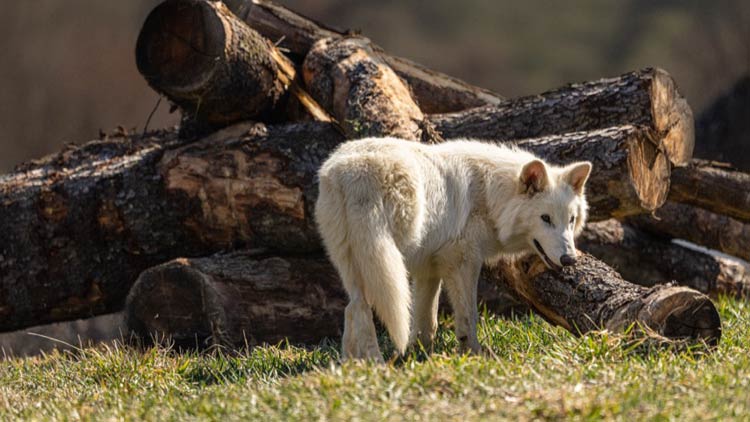
Recommended
- Dire wolf
- Megafauna
- Mammoth
- Stegodon
- Mastodon
- Platybelodon
- Indricotherium
- Cave bear
- Short-faced bear
- American lion
- European cave lion
- Smilodon – Saber-toothed tiger

